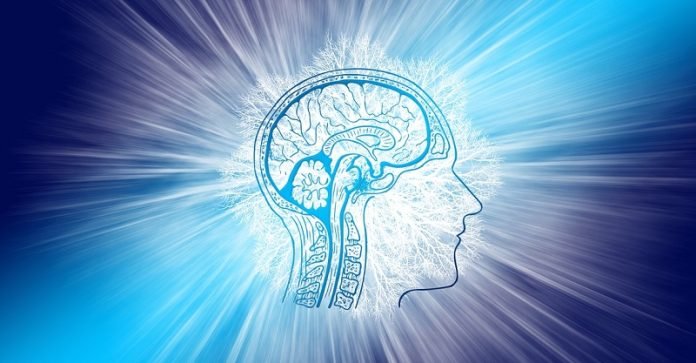
A team of researchers from the UCL Cancer Institute have unveiled an essential molecular understanding of how brain injuries may lead to gliomas, a type of aggressive brain tumor that’s relatively rare.
Although previous studies hinted at a correlation between brain trauma and brain tumor rates, the evidence has remained inconclusive until now.
The Research Team’s Findings
Led by Professor Simona Parrinello, the UCL team discovered a mechanism that might explain this link.
It involves genetic mutations working with brain tissue inflammation to alter cellular behavior, making cells more likely to become cancerous.
Despite these findings being primarily conducted in mice, the team believes the results could have significant implications for human gliomas.
Understanding Gliomas and the Effects of Brain Trauma
Gliomas often originate in neural stem cells, with more mature brain cells, like astrocytes, considered less prone to causing tumors.
However, recent findings showed that after an injury, astrocytes can exhibit stem cell-like behavior.
Using a pre-clinical mouse model, the UCL team investigated whether brain trauma could cause astrocytes to revert to stem cells and form tumors.
The experimental mice had their p53 gene—responsible for suppressing cancers—knocked out and astrocytes marked red. A control group had its p53 gene left intact.
Professor Parrinello’s team observed that post-injury astrocytes retracted their branches and became more rounded, almost stem cell-like, without the p53 gene.
As the mice aged, these cells completely reverted to stem-cell-like behavior, indicating early glioma cells that could divide.
These findings suggest that specific gene mutations, coupled with brain inflammation from injury, make astrocytes more likely to cause cancer.
This process accelerated when mice were injected with an inflammation-causing solution.
The team then looked for evidence in human populations. They analyzed over 20,000 electronic medical records of people diagnosed with head injuries, comparing brain cancer rates with a control group.
They found that those with a head injury were nearly four times more likely to develop brain cancer later in life, although the overall risk remains low.
Important Breakthrough and Future Research
Professor Parrinello explained that the interaction between existing mutations and injuries may have a synergistic effect.
She said, “In a young brain, basal inflammation is low, so the mutations seem to be kept in check even after a serious brain injury.
However, upon aging, our mouse work suggests that inflammation increases throughout the brain but more intensely at the site of the earlier injury.
This may reach a certain threshold after which the mutation now begins to manifest itself.”
The research, involving various UCL institutes and Imperial College London, has been published in Current Biology and could pave the way for understanding and treating gliomas more effectively.
The study was published in Current Biology.
Follow us on Twitter for more articles about this topic.
Copyright © 2023 Knowridge Science Report. All rights reserved.



